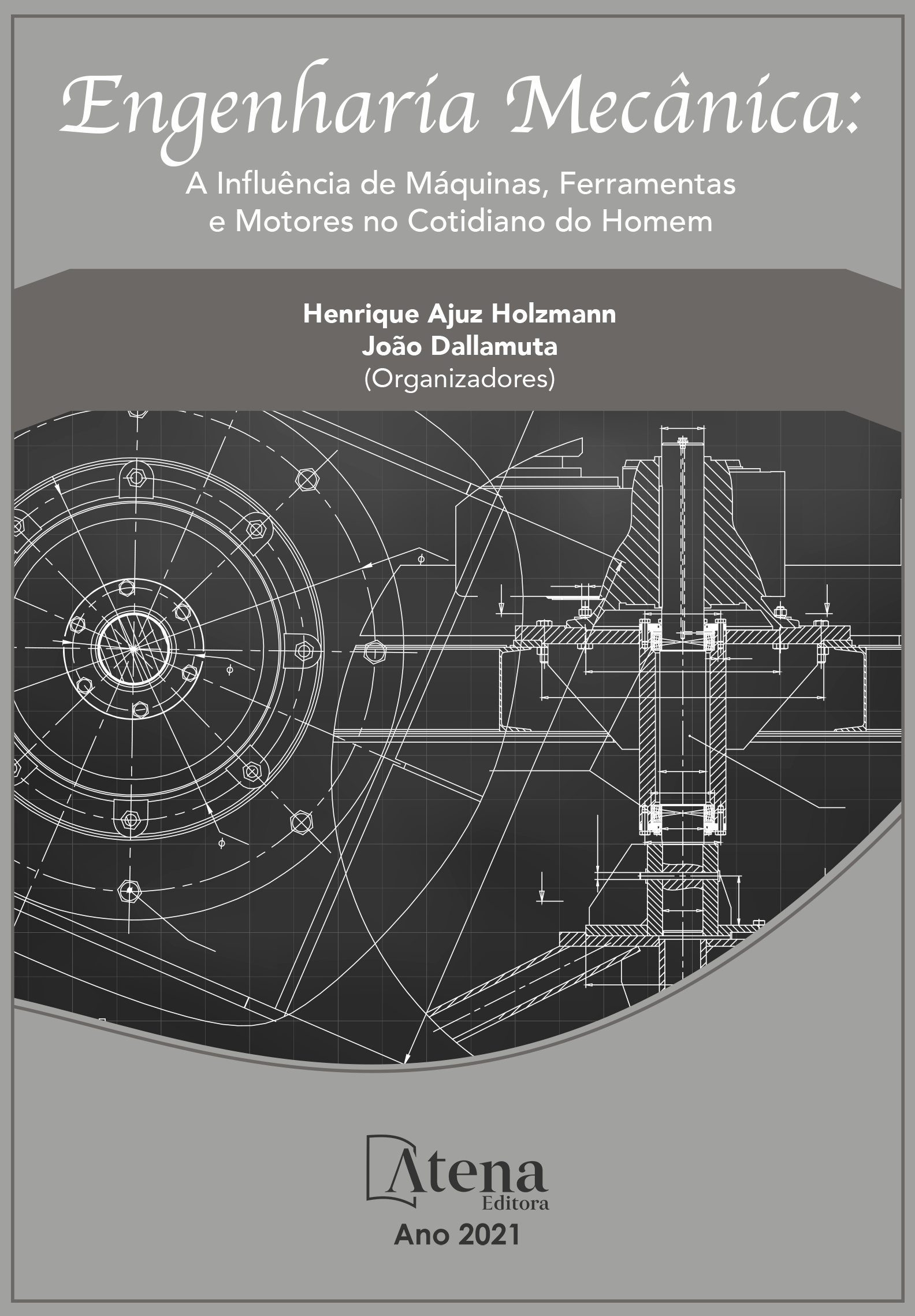
COMPARAÇÃO ENTRE DADOS EXPERIMENTAIS E MODELOS DE PREDIÇÃO DE VELOCIDADE MÍNIMA DE FLUIDIZAÇÃO PARA MISTURA DE CASCA DE ARROZ E AREIA EM LEITO FLUIDIZADO
Grandes quantidades de casca de arroz são produzidas anualmente a partir de resíduos agrícolas e que se não tratados ou descartados corretamente, podem aumentar o efeito estufa e impactar mais negativamente o meio ambiente do que um processo controlado de combustão ou gaseificação. Uma das formas de evitar esse problema é usar a casca de arroz como fonte de energia. Embora existam muitos sistemas que podem fazer isso, o leito fluidizado é um sistema flexível e de alta eficiência. Para projetar o leito fluidizado, a velocidade mínima de fluidização é um dos principais parâmetros a serem contabilizados. Este parâmetro, no entanto, é dependente de outros fatores como distribuição granulométrica e densidade dos particulados que compõem o leito. Portanto, uma forma que pode ajudar a reduzir os recursos e o tempo gasto no ciclo de desenvolvimento é a criação de modelos de previsão para esta variável, possibilitando projetar o sistema sem a necessidade de construir vários protótipos. Embora estudos tenham sido feitos envolvendo modelos de previsão de velocidade mínima de fluidização para biomassa, poucos se concentraram na mistura entre arroz e areia. Consequentemente, o objetivo deste trabalho é testar alguns desses modelos disponíveis na literatura e compará-los com resultados experimentais. Para os dois modelos de predição testados, ambos subestimam o valor da velocidade mínima de fluidização quando comparados com os dados experimentais.
COMPARAÇÃO ENTRE DADOS EXPERIMENTAIS E MODELOS DE PREDIÇÃO DE VELOCIDADE MÍNIMA DE FLUIDIZAÇÃO PARA MISTURA DE CASCA DE ARROZ E AREIA EM LEITO FLUIDIZADO
-
DOI: 10.22533/at.ed.8232117036
-
Palavras-chave: Leito fluidizado, Mistura binária, Casca de arroz, Velocidade mínima de fluidização
-
Keywords: Fluidized bed, Binary mixture, Rice husk, Minimum fluidization velocity
-
Abstract:
Large quantities of rice husk are produced annually as a result from agricultural waste, which, if not treated or discarded correctly, may increase the greenhouse effect and more negatively impact the environment than a controlled process of combustion or gasification. One of the ways of avoiding this problem is using the rice husk as a source of energy. Although that there are many systems that can do that, the fluidized bed presents a good fuel flexibility and high conversion efficiency. In order to design the fluidized bed, the minimum fluidization velocity is one of the main parameters to be accounted. This parameter, however, is dependent on other factors such as granulometric distribution and density of the particulates composing the bed. Therefore, one way which may help reduce the resources and the amount of time spent in the development cycle is creating prediction models for this variable, making it possible to design the system without having to build several prototypes. Even though that have been studies involving prediction models of minimum fluidization velocity for biomass, not many have focused on the mixture between rice and sand. Consequently, the aim of this work is to test some of these models available in the literature and compare them to experimental results. Considering the two tested prediction models, both of them underestimate the minimum fluidization velocity when compared to the experimental data.
-
Número de páginas: 10
- Carlos Manuel Romero Luna
- Ivonete Avila
- Fernando Manente Perrella Balestieri


